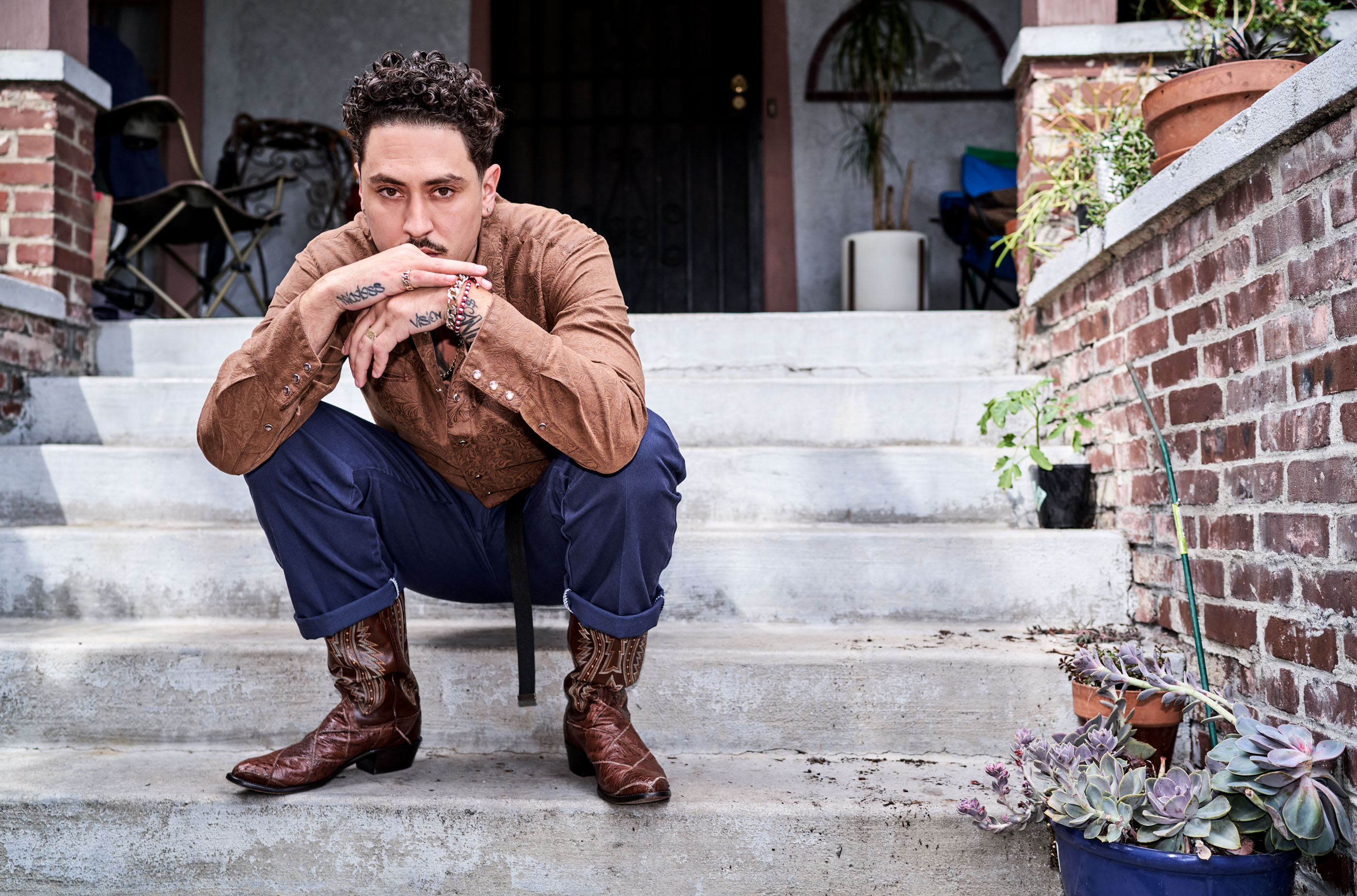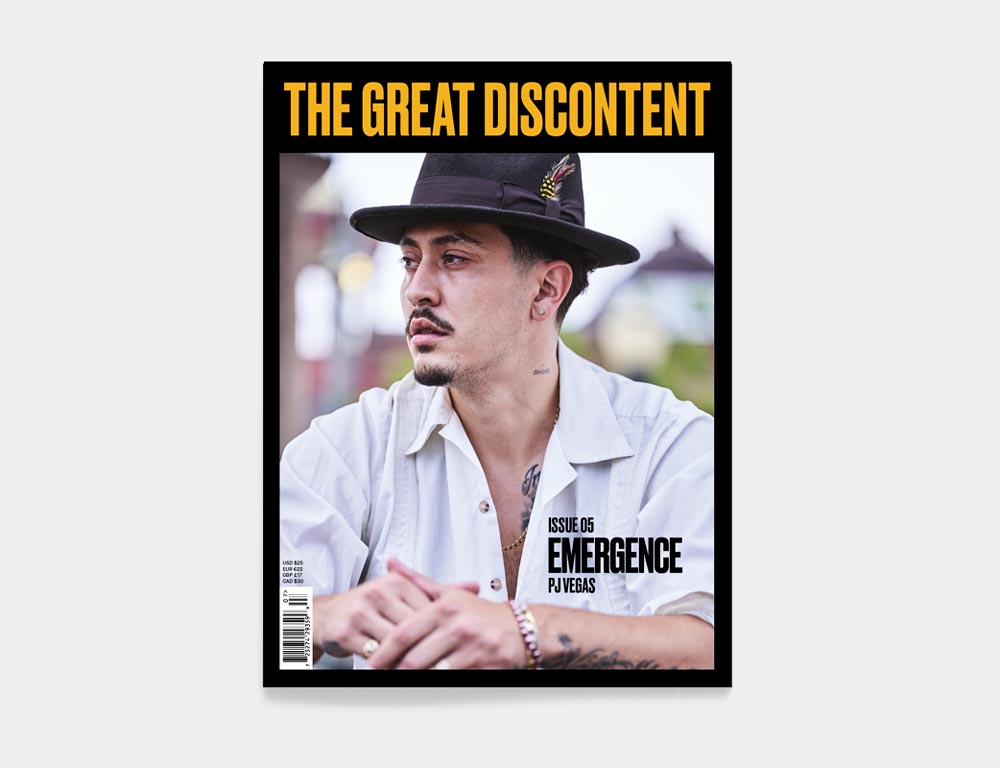
Emergence Issue: TGD's fifth issue features a dynamic group of 15 creators who are deeply committed to addressing systematic challenges in their communities through creativity and emerging ideologies. Buy Now
Can we start by talking a little bit about where you grew up and how it shaped who you’ve become?
I represent the Yoeme (yo–em–ay) Nation from the southwestern area of Sonora, Mexico. I’m what you would call a displaced Native. Due to colonization by the Spanish government, we were forced to relocate. To figure out how to survive, we had to migrate. One of the places that my people ended up was in Los Angeles. That’s where I was born and raised.
I still have a connection to my cultural ties back on the reservation. Growing up, I was knee-deep into the LA scene, but then I was always much more grounded than the people who surrounded me just because I had that attachment to my culture. I had a good understanding from a young age of how the universe works and the energies that existed and how to move in a room full of vultures, so to speak. If you don’t have a sense of who you are and where you’re going, you’ll get lost in the mix of so many different temptations. I feel like my tradition and my culture helped me stay on that straight path.
When I figured out who I wanted to be as a man, who I wanted to represent, and how I wanted to do it, I turned to my elders, to my father, Pat, and my uncle, Lolly. They showed me what you could do if you put your mind to something. If you have a strong message behind what you’re doing, people will receive it. It’s possible to actually make an imprint on society and make an imprint on the world. When I started seeking out more of a musical direction, it seemed like everything opened up for me. Everything started to click. I had a real rough upbringing, only because I made it rough. It didn’t have to be. It was just me being a knucklehead, right?
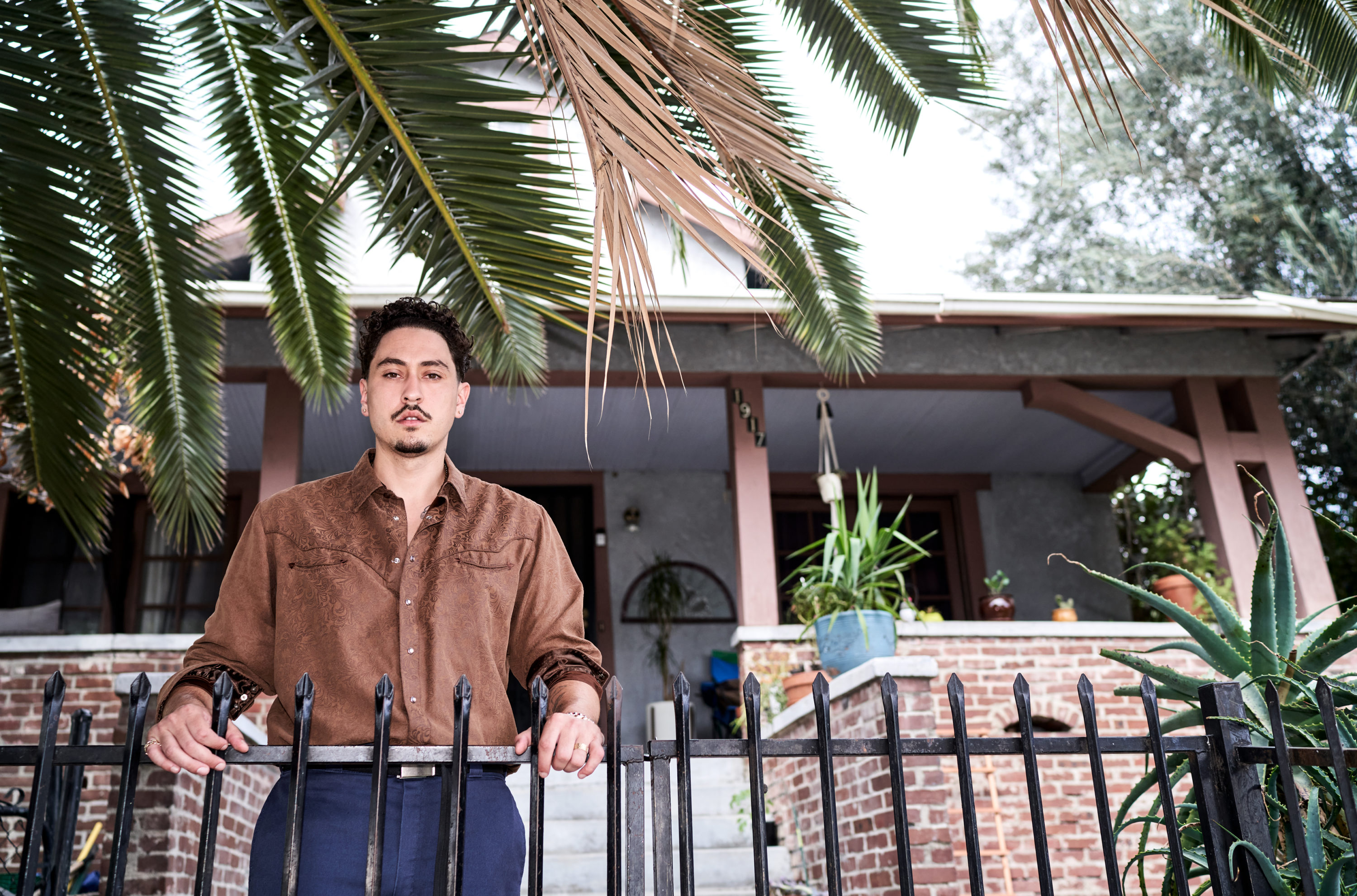
[Laughs] Yeah. Your dad had a career in music even before you were born. It sounds like he guided you to find your authentic voice, which sounds like something you feel at a DNA level.
It redirected my music, following the legacy and trying to add something to the legacy that my uncle and my father created.
I’m influenced by all these different people and genres—rock, hip-hop, R and B—so when I tell people I’m Native, and right off the bat they tell me that I don’t look like a traditional Native, I knew I had to change that narrative somehow. I was just like, “I’m going to make amazing music, on the highest level, but I’m going to be speaking on stuff that’s actually going on in our community.” I’m connecting both worlds. You know what I mean?
When I figured out what I wanted to do, it felt natural, like something that I could do for the rest of my life. It became something that spoke deeply to me. I was getting more involved in the community as I got older, doing shows and traveling and meeting people when I realized that, more than ever, we needed someone willing to use their platform to bring awareness.
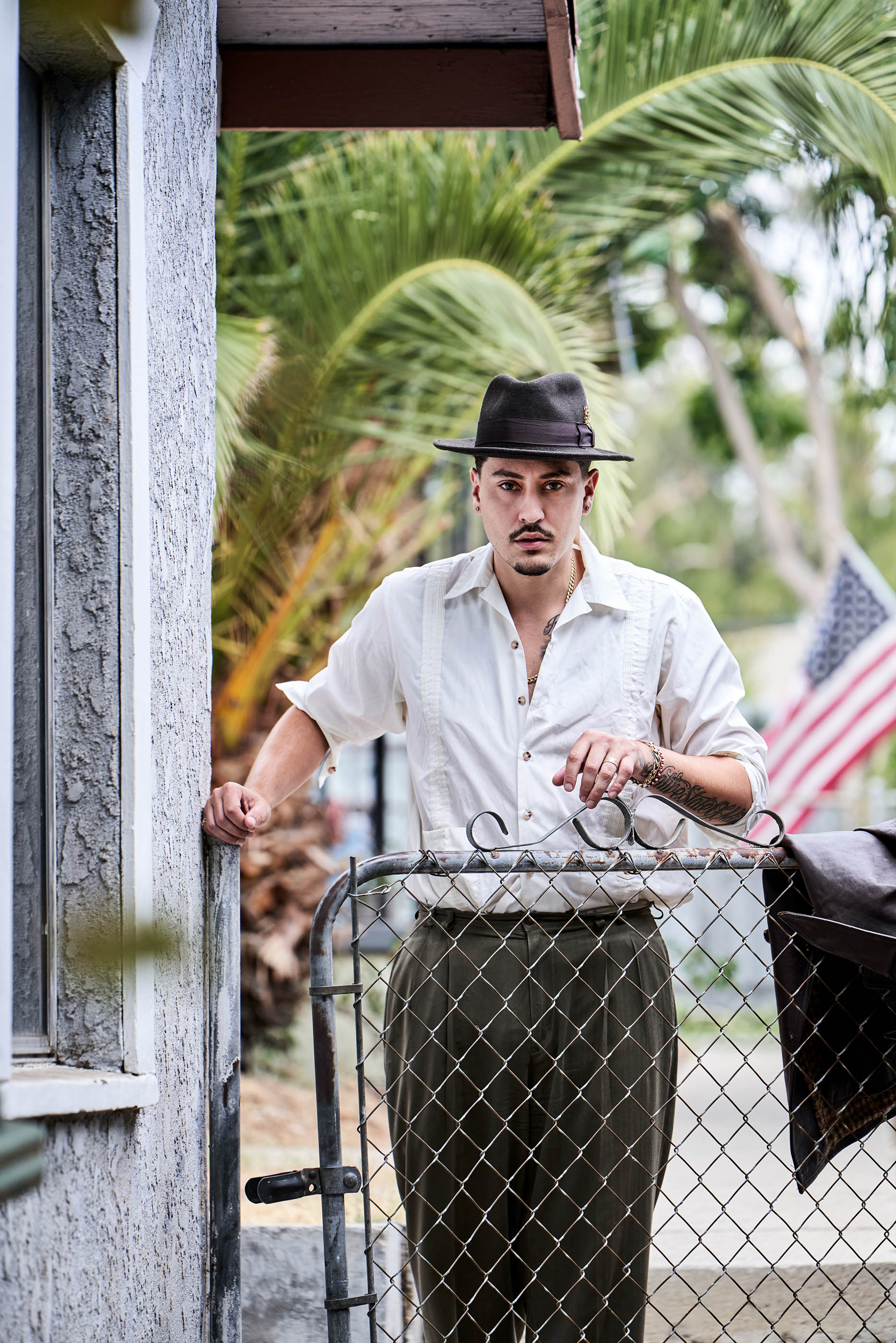
I sense such an alignment in who you are and how you present yourself in the world. Do you remember when you realized that you were a musician and not just someone who lived in a musical family or had music as a tradition?
It all boils down to this one moment when I got a call from one of my friends who told me that he was at American Recording Studio in North Hollywood, a big-time studio in my neighborhood. He had an investor who loved his music and wanted to have him put together an album. But when they got to the studio, it was more of a party situation. They paid for this beautiful studio, and they’re in there just hanging out and partying. So my buddy got fed up, and he called me. He’s like, “I’m over here at American, and we have about eight or nine more hours left tonight to create. I love what you do. I know we’ve been talking about getting in the studio for a while.”
At that point, I was just exploring who I was as an artist—I didn’t know if I even wanted to be an artist—and where I wanted to go. I just knew I loved music. It seemed second nature to me. And when I got to the studio, he started to play me a few beats, and I remember I was just like, “I got something,” because I had been writing. I had tons of lyrics. And he goes, “Already?” I’m like, “Yeah, I got something,” and he’s like, “All right.” he goes, “Go in the booth.”
They had been in there for hours and hadn’t recorded anything, and I get in there and sing my first line from the song called “I Want You to Know,” and they stopped the whole thing. I hear in my headphones everyone out there going crazy. And I’m like, “Wait, wait, I haven’t even started yet.”
I guess they thought I was going to rap, so when I got in there and sang, they were caught off guard. They put a little mix on it. When I got to hear my voice professionally done for the first time, I remember putting my head back and being like, “This is it. This is what I’m supposed to do.”
Lots of times people fall short of what they’re really supposed to do because they don’t realize that the scary feeling, that butterfly feeling that makes you feel like you don’t want to do it—that’s when you’re supposed to run toward it.
When I listened to your work, I could viscerally feel the intersection of a tradition and heritage and legacy that goes back to the beginning of time meeting the modern mainstream. It’s current. How would you describe your music to someone who hasn’t heard it yet?
My music is definitely a new school collaboration with the ancestors. It’s like I’m able to take a time machine back a couple hundred years and ask one of my relatives like, “Hey, can you put some vocals on this record?” And they give me some traditional type stuff that’s really just next level. Then I figure out a way to take it back to the future. I incorporate my new stuff. Our community knows about the things that we’re doing, but the rest of the world has never heard it. As soon as you’ve created that buzz and created that core fan base and core movement within your community, that’s when you’re supposed to take your message and move on to the next level and spread the word.
You released an album recently called Native State of Mind. There was this great quote about the song “Better Left Unsaid” where you said, “It represents a triumphant moment when we as Indigenous people beat the odds and overcame a system designed to keep us caged in.” Talk a little bit about how that work emerges.
That video and that song came from a serious place. During the time of my writing that record, it was all over the news about people seeking asylum in this country to escape genocide and war. It was a lot of the same stuff that we as Natives were dealing with. Putting innocent people in cages, taking kids from their families. It made me think about how the system is built. It’s not built to rehabilitate us, to keep us going. It’s to box us in. I’ve got too many friends and family members who have been victims of the judicial system and the colonial mindset.
“Better Left Unsaid” is about how so many people bear witness to all this crazy stuff that’s happening in the world, but as long as it’s not directly affecting them, they really don’t feel the need to address it or get involved.
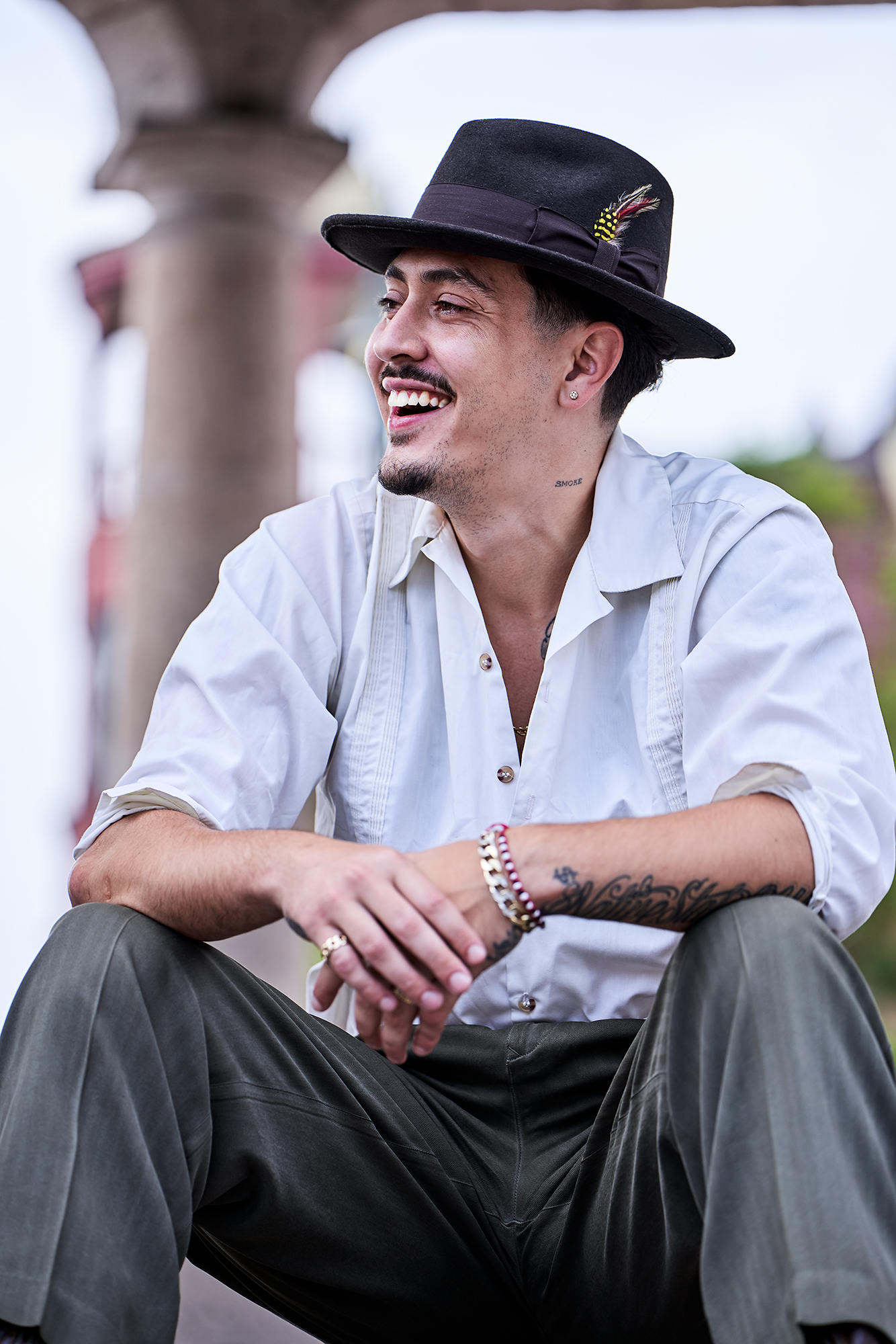
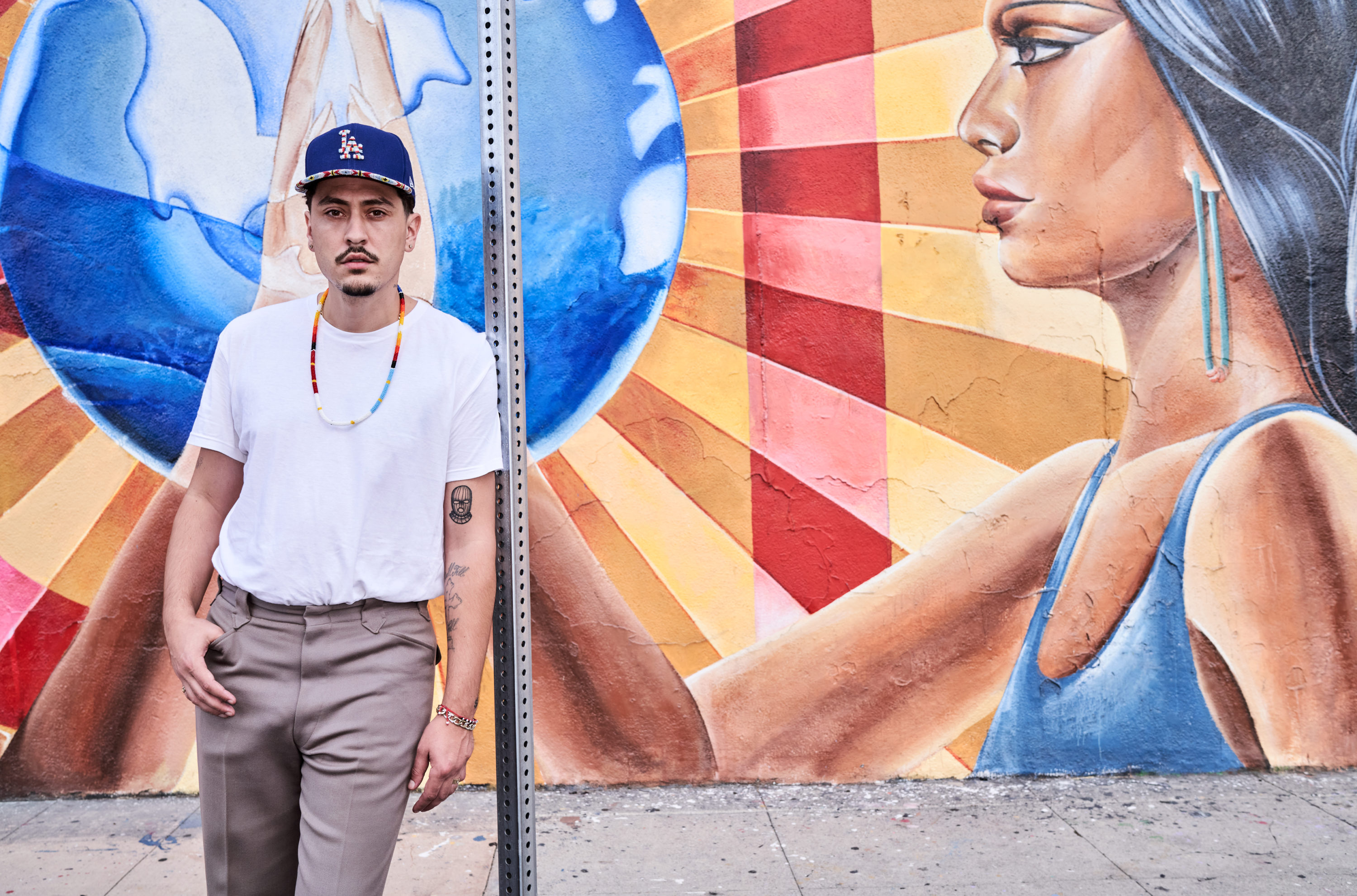
What was your dad’s reaction?
I hadn’t told anyone in my family that I was making music. So when I got the record back from the studio, I walked up to my pops and pressed play for him. At first, he didn’t believe it was me. He let me know that what I was doing was great and that he thought that I should keep going.
He’s always someone that’ll keep it all the way real with me. Once something’s finished, the last person I want to talk to is my pops, because he’ll always hear something that I missed, or he’ll approach it from a different way that I didn’t think of. [Laughs]
Talk a little bit about the collective around you, the kind of people you’re turning to and working with.
I’ve been working closely with my production partner. His name is Tippie. He’s a Comanche Native living out here in LA as well. He’s helped me elevate my craft and the quality of my production. He comes from a pop world. He’s worked with Katy Perry and Taylor Swift, but he’s Native, so we collaborated and the Splice pack came from it. It grew into this friendship that we have now.
Another great person who’s been super inspirational for me and had a big part to play in my career and who I am as an artist is Taboo from the Black Eyed Peas. We released a song called Stand Up/Stand n Rock to kind of provide an anthem for the Standing Rock movement. We ended up winning an MTV VMA for Best Video with a Message. That just shows you that you can make your music the way you want to make it and still get the recognition you want as long as it’s of high quality.
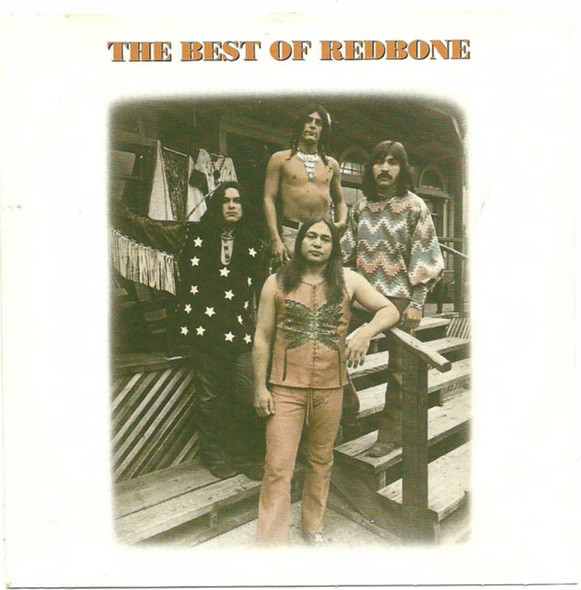
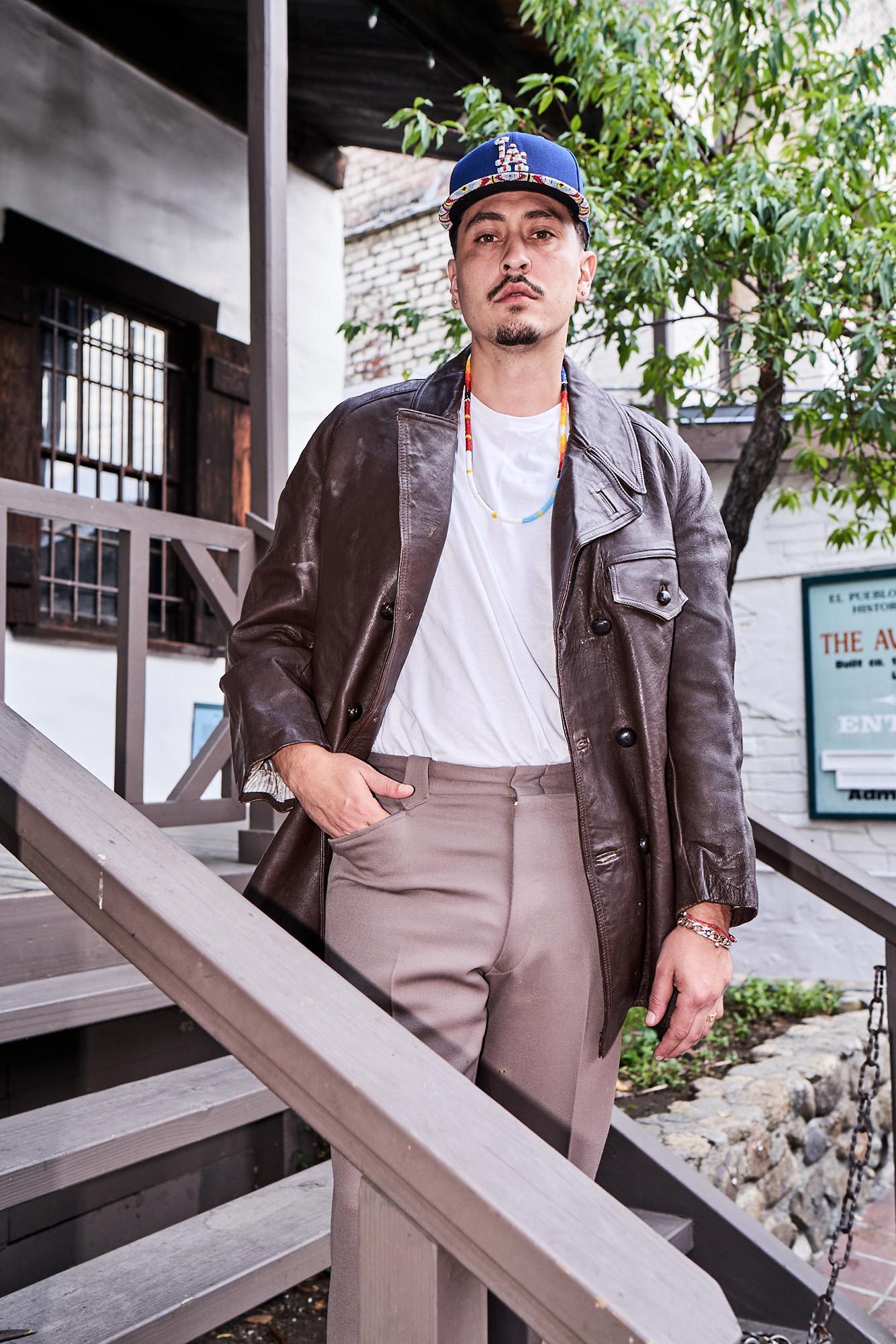
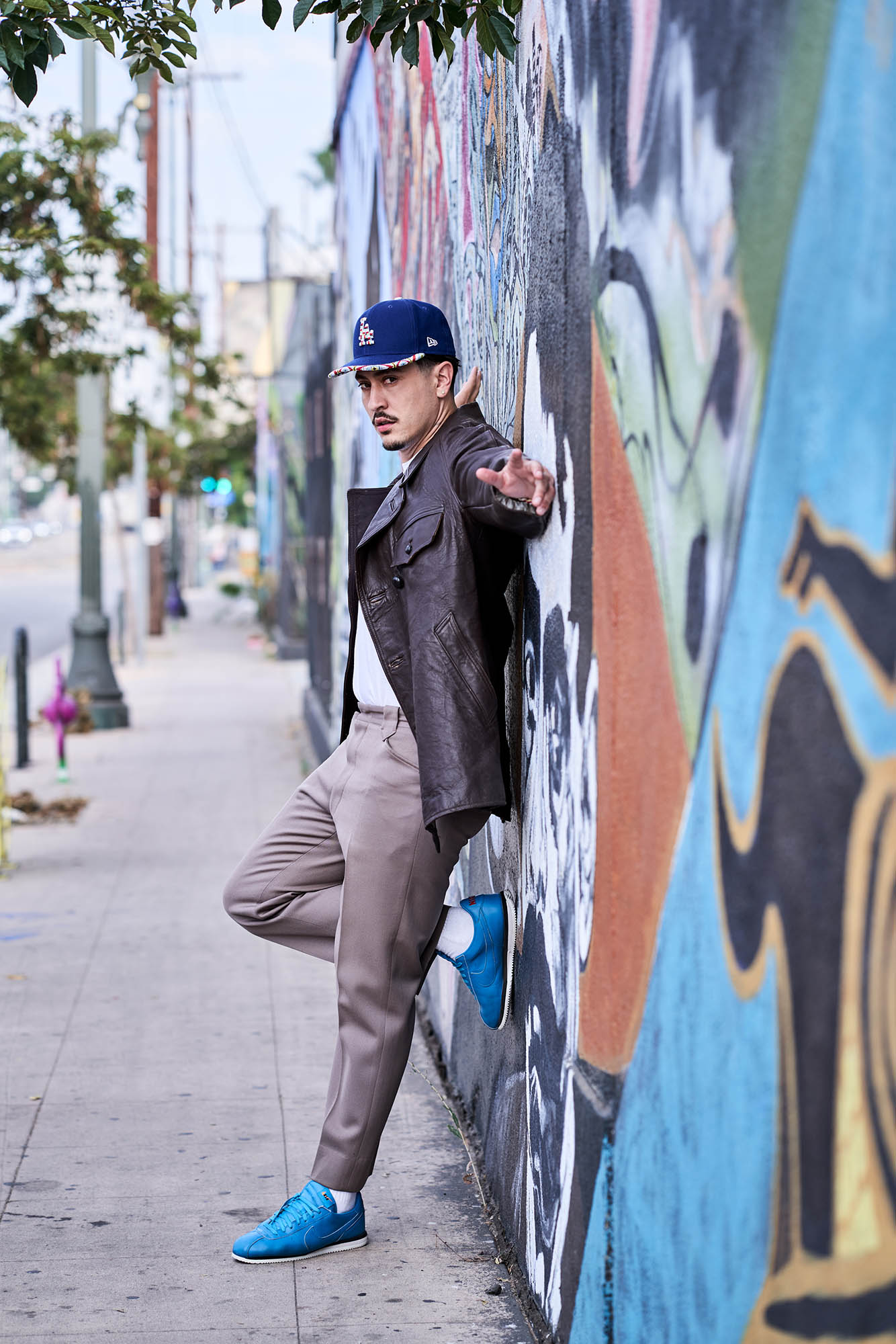

As part of the Native State of Mind album, you released a sample pack of all of this incredible sound. Can you talk a little bit about what those pieces are and your hopes for that project?
The music industry is probably the biggest platform in the world if you want to get a seat at the table. Tippie and I were trying to figure out how we could try to integrate ourselves as Native musicians and artists into more of a mainstream setting. We thought about the sounds that have been normal to us within our communities that haven’t been available to the rest of the world. When you have something that’s not available, but that everybody wants, what are they going to do? They’re going to duplicate it. They’re going to find a way to re-create what they think you did.
Fact.
As Natives, there are so many people trying to re-create our sounds. There’s a documentary called Rumble: The Indians Who Rocked the World, and it’s basically showing how every genre of music since the beginning of time has been influenced by Native culture and sounds.
Tippie had already been in contact with Splice through other artists he was working with. So, we sat down and presented the idea of the first Native American
sample pack.
We were like: “Let’s try to work with people who are young and emerging talents, who are influenced by all the stuff that we love, but are also super into the traditional settings. Let’s figure out a way to show people a new side of who we are.”
Splice fully embraced it, and they wanted to create a platform for us. We wanted to give people an example of how to use the sounds. Because it’s so new, they might be like, “Well, I don’t know what the hell to do with this.” So we created the Native State of Mind EP using the Native State of Mind sample pack. It’s about word-of-mouth, and the pack is getting into some big, big hands. Before we know it, we’ll see a top Billboard record that has a sample of a Native American powwow singer or something on it. It’s bound to happen, you know.
Wild. I pulled it up last night, and we’re talking like 250, 260 samples—not only Yoeme and Comanche Nations, but also Cree and Mandan and Lakota. Just such an incredible span of cultural and musical brilliance you’ve captured. It’s extraordinary, PJ.
Thank you, bro. I feel like there are a lot of great drum beats and a lot of great flutes, but the vocals on this and sonics are something that people can go crazy with. I really wanted to showcase where we’re going with melodies. They’re not something that has to be used for a meditation song. [Laughs]
You’ve taken so many steps in this journey. What’s next? What are you looking to learn or master? I’m eager to hear where your energy is right now.
Man, right now, I’m just in a full creative space. I’m getting a live band and creating our show set and focusing on perfecting that live show, now that festivals and things are starting to open back up. I really want to showcase this new music and showcase the sounds in the sound pack and get in front of as many people as I can. This project needs to be heard, so it’s my mission to get it out there.
It’s also not just releasing a record on iTunes or Spotify. At the beginning of this year, I told myself that I wanted to see my music in television and film. That’s my goal. I want to get placements. I want to get syncs. If you can do that, you’ll be able to get to places that you’ve never even dreamed of. I’ve seen it happen right before my eyes with my dad. My father put out a record 40 years ago and because of the resurgence through the Guardians of the Galaxy placement, it’s taken on an entirely new life that surpasses anything that he could have ever imagined.
